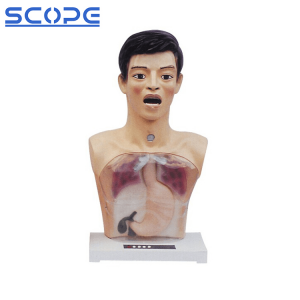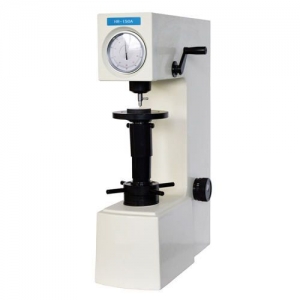High-quality pictures and videos of microscopic specimens can be obtained with powerful microscope cameras. But like any other electronic device, they occasionally have issues. Here are some common problems you may encounter with microscope cameras, along with troubleshooting tips to resolve them:
Problem 1: No Image or Blurry Image
Possible Causes:
- Improper microscope setup: Verify that the specimen and the microscope are correctly oriented and focused.
- Incorrect camera settings: Modify the camera's exposure, contrast, and brightness settings to get the best possible image quality.
- Dirty or damaged objective lens: To clean the objective lens, use lens paper and lens cleaning solution.
- Damaged camera: If the camera is physically damaged, it may need to be replaced or repaired.
Troubleshooting Tips:
- Check the microscope setup: Verify that the eyepiece tubes are correctly aligned and that the objective lens is securely fixed.
- Adjust the camera settings: Experiment with different camera setups to see which suits your specimen the best.
- Clean the objective lens: Ensure that the objective lens is free of any smudges or debris by using lens paper and lens cleaning solution to gently clean it.
- Inspect the camera for damage: Keep an eye out for any physical damage indicators, such as cracks or dents, as these could indicate a hardware issue.
Problem 2: Image Flickering or Unstable
Possible Causes:
- Insufficient lighting: Make sure there is enough light in the microscope to image the specimen.
- Camera overheating: Verify whether the camera is overheating, as this may result in unstable images.
- Incompatible software: Make sure the image capture software works with both the operating system on your computer and the microscope camera.
Troubleshooting Tips:
- Adjust microscope lighting: Modify the lighting in the microscope so that the specimen has enough light. If necessary, adjust the brightness or use an external light source.
- Check camera temperature: The camera can be overheating if it feels warm to the touch. To improve ventilation, let it cool down or run a fan.
- Update image capture software: Make sure the image capture software you are using is up to date and compatible with both your microscope camera and operating system.
Problem 3: Camera Not Detected by Computer
Possible Causes:
- Incorrect driver installation: Ensure that the correct drivers for the microscope camera are installed on your computer.
- Faulty USB cable: You may want to try using a different USB cable to connect the camera to your computer.
- Incompatible camera: Verify that your computer's operating system and USB ports can accommodate the microscope camera.
Troubleshooting Tips:
- Check driver installation: Ensure that the microscope camera drivers are up to date on your computer. The manufacturer's website has the necessary drivers available for download and installation.
- Test the USB cable: Try using a different USB cable to connect the camera to your computer. If a different cable is used to detect the camera, the original cable may be broken.
- Verify camera compatibility: Check the manufacturer's specifications to make sure the microscope camera works with the USB ports and operating system on your computer.
Being able to troubleshoot common issues with microscope cameras is crucial for anyone using one of these devices. By understanding potential issues and using effective troubleshooting methods, you can maintain the operation of your device, improve image capture, and develop critical problem-solving skills.






